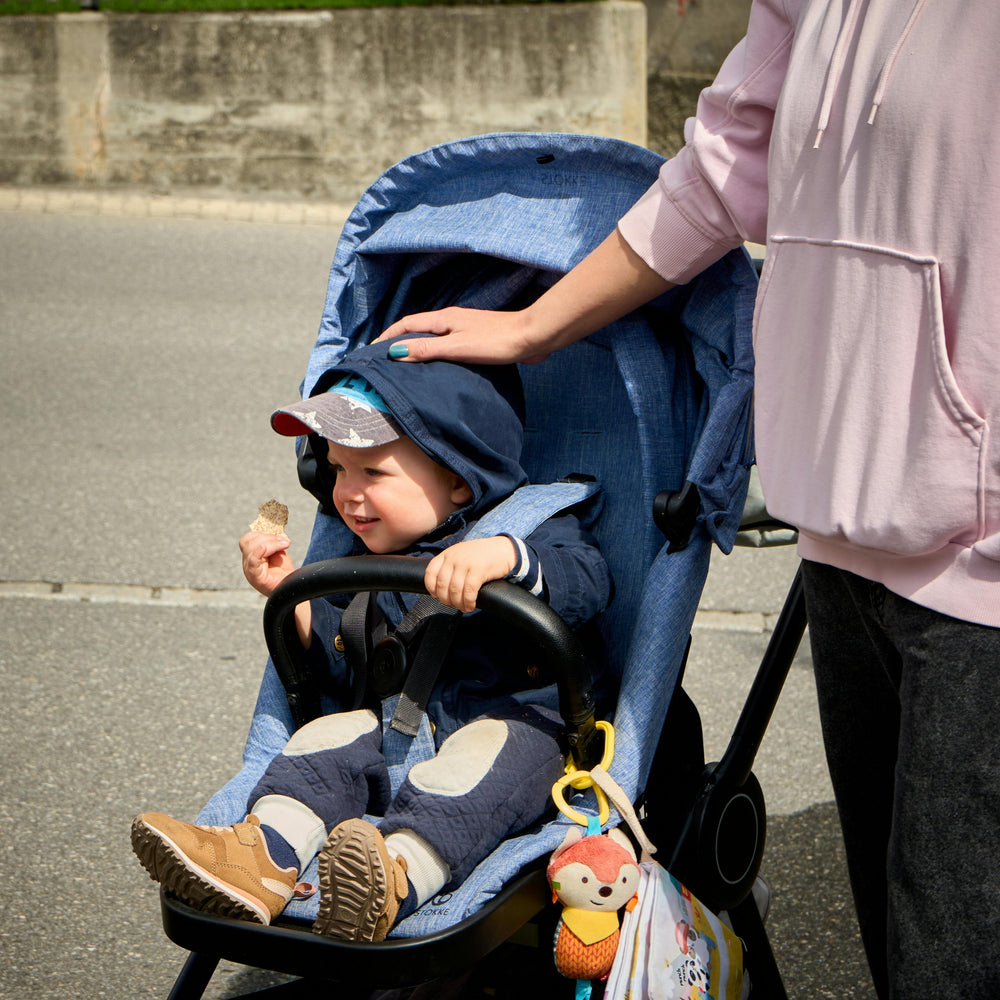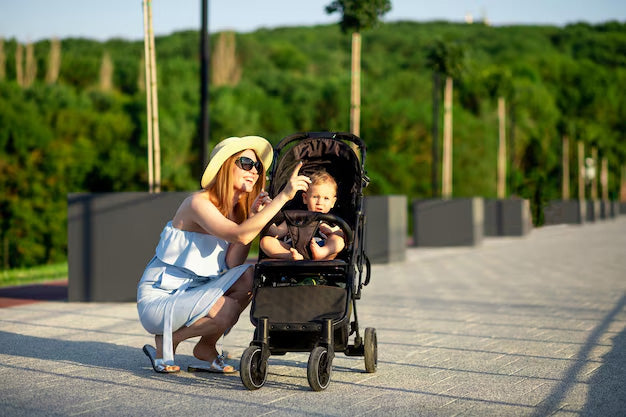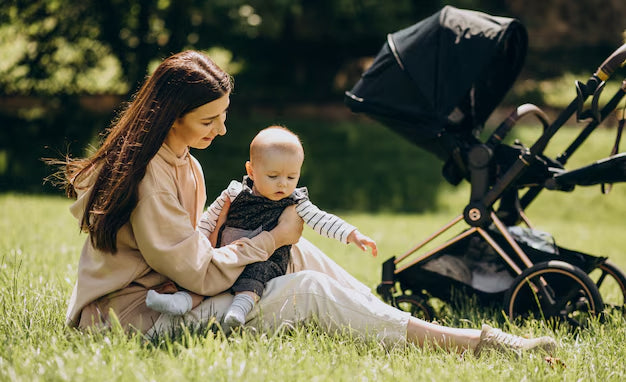How to Support Your Baby’s Sensory Development: A Must-Read Guide for Parents
From birth, babies explore the world through their senses, with visual, auditory, and tactile systems rapidly developing in the first year. How can parents make the most of this critical time to support their baby’s sensory growth? This guide explores key milestones and practical tips to help your little one thrive.
1. The Importance of Sensory Development: The Science Behind It
A newborn's brain develops quickly after birth, and sensory stimulation is a key driver of neural connections. Newborns interact with the world through their senses—touch, sight, and hearing—and these stimuli are crucial for brain development. For instance, gentle touch and eye contact with parents help establish neural pathways in the brain, fostering emotional security and cognitive development. As babies grow, their visual and auditory systems become more sensitive, with their vision evolving from blurry to clearer and their hearing developing to distinguish speech patterns and tones.
During the first year of life, sensory experiences are crucial for cognitive and social development. Visual and auditory skills not only help babies understand their surroundings but also play a significant role in early language development. Sensory interactions between parents and babies, such as touch, conversation, and smiles, are foundational for emotional bonding, social skills, and overall developmental health.

2. Sensory Development and Interaction Tips by Age Stage
I. 0-3 months: Adapting to the New World
In the first few months, babies rely on sensory experiences to understand the world around them.
• Vision: Newborns have limited vision, usually only seeing 20-30 centimeters away. High-contrast black-and-white patterns are particularly engaging for them. Using high-contrast books or soft toys can help enhance their visual perception.
• Hearing: Babies are naturally sensitive to their parents' voices, which helps build emotional bonds. Daily verbal interactions with babies can support their auditory development.
• Touch: Soft touches and gentle massages with warm hands or towels can make babies feel safe and connected.
At this stage, product like rocking cradle can help provide a soothing gentle motion, promoting relaxation and creating a comfortable, secure environment that supports vestibular sensory development.

II. 4-6 months: The Beginning of Active Exploration
As babies grow, they become increasingly curious and begin actively exploring the world around them.
• Touch and Grasping: Offer toys with different textures to encourage babies to grasp with both hands. This not only promotes sensory development but also strengthens their hand muscles.
• Auditory Interaction: By using clear speech or simple rattles, parents can help babies differentiate between sound directions and frequencies, enhancing their auditory sensitivity.
• Oral Sensory Development: Babies explore the world through their mouths. Providing safe teething toys can relieve discomfort while supporting oral sensory development.
During this phase, a rocking chair can provide comfort and gentle rocking, helping babies calm down and providing tactile stimulation to further support vestibular development.
III. 7-9 months: Early Spatial Awareness and Cognitive Development
At this stage, babies’ sensory and cognitive abilities see significant improvements.
• Crawling and Exploration: Create a safe crawling area for babies to explore. As their mobility increases, they will show more interest in their surroundings.
• Sorting Games: Simple toys that involve sorting by color or shape can help babies begin understanding basic categorization concepts and stimulate cognitive growth.
• Mirror Interaction: Letting babies observe themselves in a mirror can help improve their self-awareness and understanding of facial expressions.
IV. 10-12 months: The Integration of Sensory and Cognitive Skills
By 10-12 months, babies have better coordination and start engaging in more complex sensory interactions.
• Musical Interaction: Use simple rhythm instruments like small drums or rattles to develop babies' sense of rhythm and auditory discrimination, which also aids language development.
• Hand-Eye Coordination: Provide building blocks or stacking toys to encourage fine motor practice and develop hand-eye coordination.
• Outdoor Activities: Take babies outdoors to experience natural sounds, colors, and smells, providing a full-spectrum sensory experience and promoting overall development.
At this stage, a travel system stroller is ideal for parents who want to take their babies out. It offers a comfortable and safe seating arrangement, allowing babies to experience various sensory stimuli from their environment.
4. Quick and Easy Sensory Tips for Everyday Life
Daily Care: Interact with your baby through verbal cues during diaper changes or feeding times, or use toys to grab their attention.
Family Time: Set aside 10 minutes daily to play tactile and visual games with your baby, like gently tapping toys or following their eye movements.
Outdoor Exploration: Plan a weekly outdoor activity to let your baby feel the sunlight, breeze, and natural sounds.

Conclusion
A baby’s sensory world is one of constant discovery. Through scientific interactions and the right tools, parents can not only support their baby’s sensory development but also create countless memorable bonding moments. Sianldcone’s parenting tools will be your trusted partner in guiding your baby through the exciting journey of exploring the world.







Leave a comment